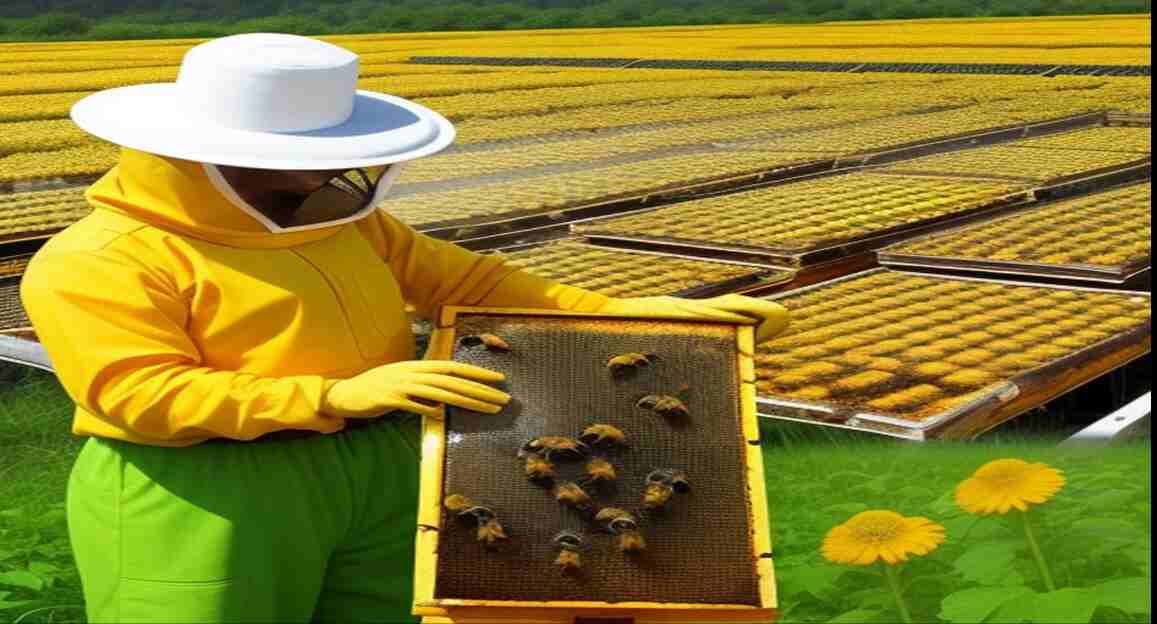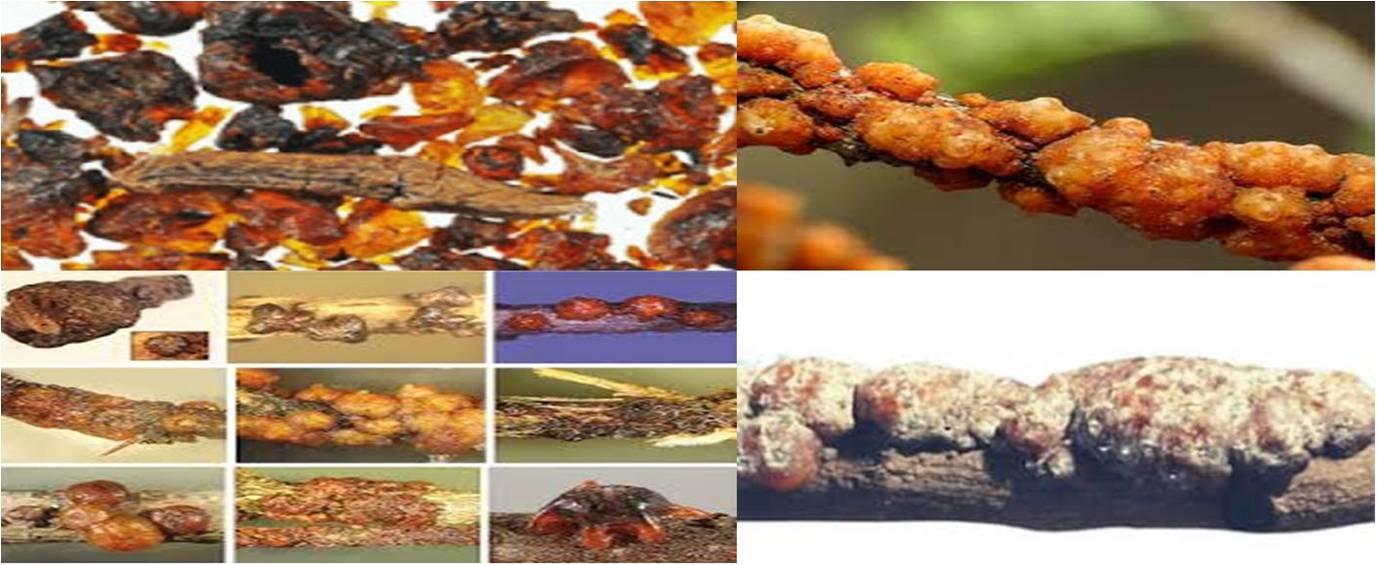Cultivation of Lac: Lac, a resinous substance secreted by the Lac insect, holds significant economic and cultural value. The cultivation of Lac, known as Lac Cultivation, involves meticulous processes such as inoculation, swarming, and harvesting. To successfully engage in this practice, cultivators must possess knowledge about these crucial stages. This article delves into the various aspects of Lac cultivation, providing a comprehensive guide for aspiring cultivators.
Cultivation of Lac- Introduction
Lac, a natural resinous secretion derived from the Lac insect, has been cherished for centuries due to its versatile applications and economic importance. The cultivation of Lac, known as Lac Cultivation, demands expertise and careful attention to detail. In this article, we will explore the fascinating world of Lac cultivation, shedding light on the essential stages and practices involved.
Cultivation of Lac involves nurturing and harnessing the potential of the Lac insect to produce the valuable resin known as Lac. As a cultivator, understanding the fundamental steps of Lac cultivation is crucial for achieving optimal results. The primary stages of Lac cultivation include inoculation, swarming, and harvesting.
Inoculation
Inoculation marks the initial phase of Lac cultivation, where the young Lac insects establish a symbiotic relationship with the host plant. There are two methods of inoculation: natural inoculation and artificial inoculation.
Natural Inoculation
Natural inoculation occurs when the swarmed nymphs instinctively reinfect the same host plant, extracting juices from the twigs and leaves. However, this process possesses certain drawbacks that can hinder the growth and development of the Lac insects, consequently affecting the Lac production. ‘Cultivation of Lac’
(a) Incomplete nutrition:
The continuous extraction of cell sap from the same host plant may lead to inadequate nutrition for the Lac insects. This can impede their proper development and subsequently reduce Lac production.
(b) Irregular inoculation:
Natural inoculation does not guarantee a uniform sequence of inoculation. This irregularity can disrupt the desired lac crop, resulting in unpredictable outcomes.
(c) Unfavorable climatic conditions: Environmental factors like intense sunlight, heavy rainfall, and wind patterns can adversely affect the inoculation process. These factors can interrupt the swarming of nymphs and cause gaps in the inoculation cycle, leading to an irregular lac crop.
(d) Multiplication of parasites and predators: If the Lac crop remains unharvested, it becomes susceptible to the multiplication of parasites and predators. This poses a threat to the Lac insect population, adversely impacting the overall cultivation process. ‘Cultivation of Lac’ Considering these limitations, cultivators have devised an alternative approach known as artificial inoculation.
Artificial Inoculation
Artificial inoculation aims to overcome the drawbacks associated with natural inoculation. In this method, cultivators prune the host plant in January or June and cut twigs with swarming nymphs or those about to swarm. These twig segments, ranging from 20 to 30 cm in length, are carefully tied to fresh trees, ensuring that each stick makes contact with tender branches. This contact serves as bridges for nymph migration. Once swarming occurs, the twigs are removed from the host plant.
To ensure successful artificial inoculation, cultivators should consider the following precautions:
- Select twigs with a substantial number of nymphs or eggs to maximize the chances of successful inoculation.
- Avoid using twigs from which nymphs have already swarmed, as it may lead to unsuccessful inoculation.
- Ensure that the twigs used for inoculation are free from parasites and predators.
- Choose twigs with healthy eggs or nymphs about to swarm to minimize waiting time and maximize efficiency.
- Use 3 to 4 twigs for uniform inoculation. ‘Cultivation of Lac’
- Rotate host plants periodically to provide adequate nutrition to the nymphs.
- Minimize the movement of nymphs, as excessive travel can result in mortality. By maximizing twig contact, swarming nymphs have shorter distances to cover, thereby finding suitable places for establishment on the host plant.
Inoculation Period
In India, Cultivation of Lac involves two major types of crops: Rangini and Kusumi. Each crop produces a different type of Lac known as Kartiki, Baisakhi, Agahani, and Jethi Lac, respectively. The inoculation periods for these crops vary according to their specific requirements.
To achieve successful Lac cultivation, cultivators must adhere to the recommended inoculation periods:
- Kartiki crop: Inoculation takes place between June and July.
- Baisakhi crop: Inoculation is recommended in May and June.
- Agahani crop: Inoculation occurs in January and February.
- Jethi crop: Inoculation is advised between June and July.
It is important to note that cultivating continuous crops without allowing the host plants to rest can lead to reduced Lac production. Thus, proper planning and scheduling of inoculation periods are crucial for optimal results. ‘Cultivation of Lac’
Swarming
Swarming is a critical phase in the life cycle of Lac insects. Cultivators must possess accurate knowledge regarding the timing of swarming. During swarming, the anal region of the insects develops a yellow spot on the upper surface. Muscle contraction causes the insects to detach from their point of attachment, leaving behind a hollow cavity that eventually becomes covered with wax. As the eggs are ready to hatch, they assume an orange color, indicating the occurrence of swarming. By closely observing the color changes in the eggs, cultivators can accurately determine the swarming date through practice and trial-and-error methods.
Harvesting of Lac
The collection of ready Lac from the host tree is known as harvesting. Two main types of harvesting practices exist: immature harvesting and mature harvesting.
Immature Harvesting
Immature harvesting refers to collecting Lac before swarming occurs. The Lac obtained through immature harvesting is known as “Ari Lac.” While immature harvesting may be suitable for Palas Lac (Rangini Lac) due to its higher production yields, it is generally discouraged for other types of Lac. Immature harvesting can damage Lac insects during the collection process, leading to a decrease in population and potential economic losses for cultivators.
Mature Harvesting
Mature harvesting involves collecting the Lac crop after swarming has taken place. The Lac obtained through this method is known as “Mature Lac.” Mature harvesting is recommended in most cases, as it allows for optimal Lac production and minimizes the risk of damage to the Lacinsects.
The harvesting periods for different Lac crops are as follows:
- Kartiki crop: Harvesting takes place in October and November.
- Baisakhi crop: Harvesting occurs in May and June.
- Agahani crop: Harvesting is carried out in January and February.
- Jethi crop: Harvesting is recommended between June and July.
It is worth noting that cold areas tend to yield better-quality Lac from mature crops. By carefully adhering to the recommended harvesting periods, cultivators can maximize their Lac production and ensure the highest quality yield.
Conclusion
Cultivation of Lac is a unique and lucrative practice that requires specialized knowledge and attention to detail. From inoculation to swarming and harvesting, each stage plays a crucial role in the overall success of Lac cultivation. By implementing artificial inoculation methods, adhering to appropriate inoculation periods, and practicing careful harvesting techniques, cultivators can achieve optimal results and maximize Lac production. The cultivation of Lac not only provides economic opportunities but also preserves a rich cultural tradition.
FAQs
Q1: What is Lac? Lac is a resinous substance secreted by the Lac insect. It holds significant economic and cultural value. ‘Cultivation of Lac’
Q2: What is Lac cultivation? Lac cultivation, also known as Lac Cultivation, involves the process of rearing Lac insects to produce the valuable resin known as Lac.
Q3: What is the difference between natural inoculation and artificial inoculation in Lac cultivation? Natural inoculation occurs when swarmed nymphs reinfect the same host plant, while artificial inoculation involves controlled methods to ensure optimal growth and development of Lac insects.
Q4: How can I determine the swarming date of Lac insects?
By observing the color changes in the eggs, particularly the appearance of an orange color, cultivators can accurately determine the swarming date through practice and trial-and-error methods. ‘Cultivation of Lac’
Q5: What are the recommended harvesting periods for different Lac crops? The recommended harvesting periods vary depending on the type of Lac crop. For example, Kartiki crop is harvested in October and November, Baisakhi crop in May and June, Agahani crop in January and February, and Jethi crop in June and July.






